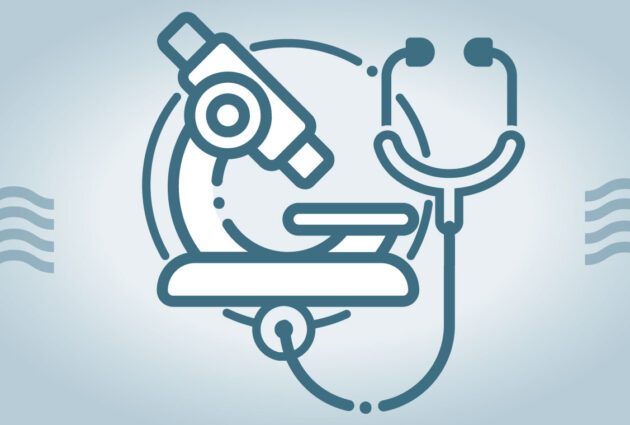The Role of Nesprin 3 in Mammalian Neural Stem Cell Aging
The more we can understand about how stem cells make new neurons in this area through our basic research, the more we can help the aging population have better cognitive function into old age.
– Dr. Darcie Moore
At a Glance
As people get older, stems cells in their brains age with them, which can contribute to age-related diseases. However, the mechanisms underlying stem cell aging aren’t yet completely understood. This work seeks to better understand the processes by which neural stem cells decline, with the goal of improving health for senior citizens.
The researchers found that although the role of nesprin-3 remains elusive; this study produced more knowledge that had not previously been shown in the research. The lab’s use of data and extensive controls revealed that the available tools for this research are not sufficient for this investigation and not functioning as were reported. This knowledge will inform future work.
The Challenge
Though inevitable, aging is the greatest risk factor for numerous diseases. However, much aging research is focused on the diseases themselves, rather than underlying cellular processes. This project will explore the role of nesprin-3, a candidate molecule which may be implicated in the aging process.
Project Goals
The overarching goal of this project was to improve health during aging, ultimately leading to better cognitive function and independence for seniors, which in turn, decreases medical costs and burdens of age-related diseases. To that end, the project aimed to identify new targets for improving stem cell function and reducing age-dependent diseases.
Results
This study investigated the function of nesprin-3 in the brain and produced more knowledge that had not been previously shown in research. The researchers’ use of data and evidence and extensive controls in this study revealed that the available tools needed for this research were not sufficient or functioned as needed. While the role of nesprin-3 remains ambiguous, the nuclear envelope and other components may play a role in maintaining neural stem cell functionality as well as other vital processes. By continuing to investigate the processes that control neural stem cell production, new mechanisms underlying stem cell maintenance and regeneration are hoped to be revealed. The study suggests that further work geared toward developing targeted methods and techniques for additional investigation should be performed.
The study resulted in new partnerships including a collaboration with researchers at the Netherlands Cancer Institute. In 2018, Dr. Moore received the NIH Office of the Director New Innovator Award, which supports the work of promising early-career investigators whose innovative research ideas have potential for high impact.
Lasting Impact
The number of people aged 65 or older in the world is projected to grow from an estimated 524 million in 2010 to 1.5 billion in 2050, increasing the number of people affected by age-related diseases. Aging produces a decrease in hippocampal neural stem cell production which contributes to cognitive decline and an overall decreased quality of life in the elderly individual. Research like this can generate knowledge for new methods and techniques to improve the cognitive function and the quality of life of the aging population.

